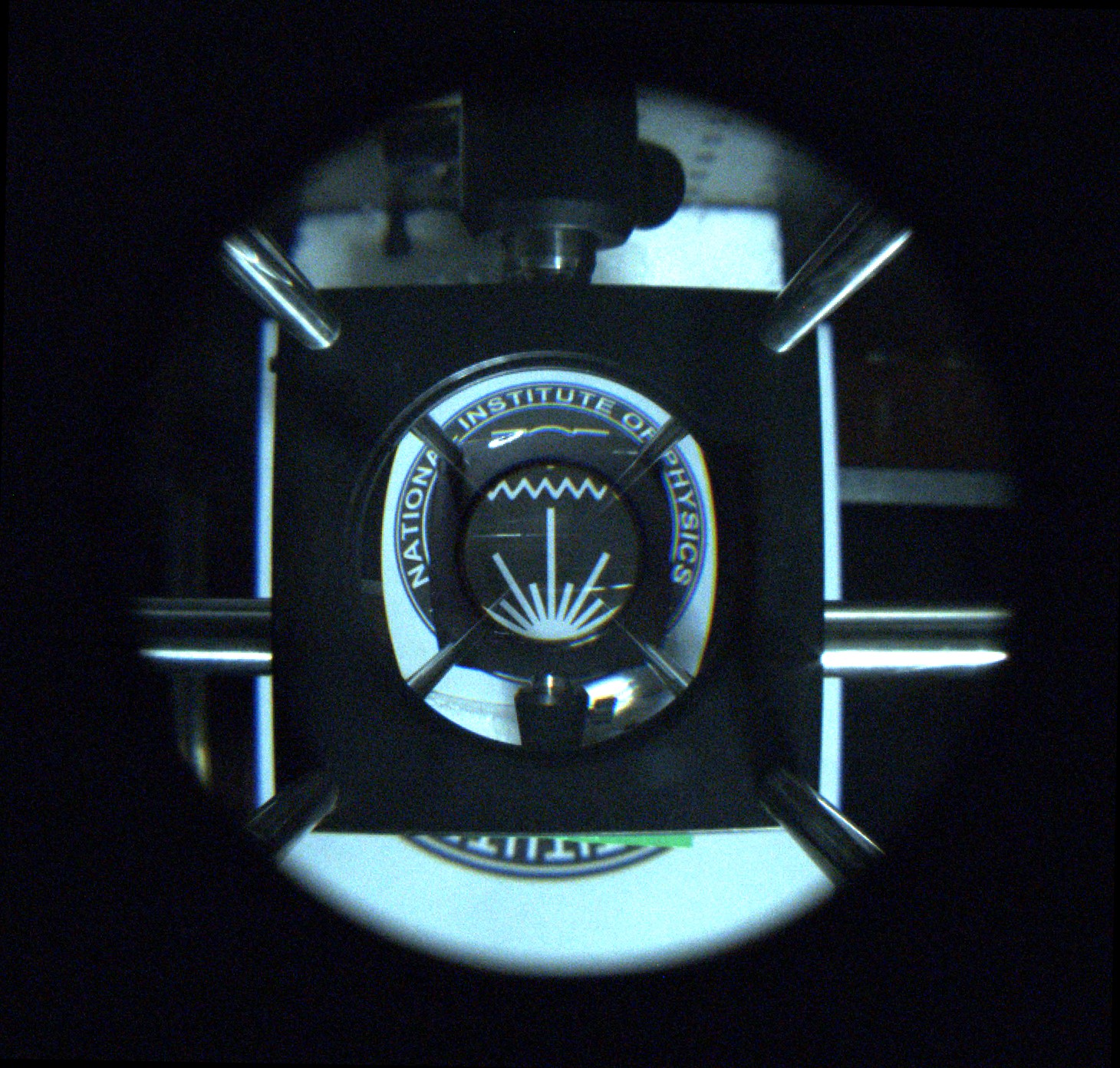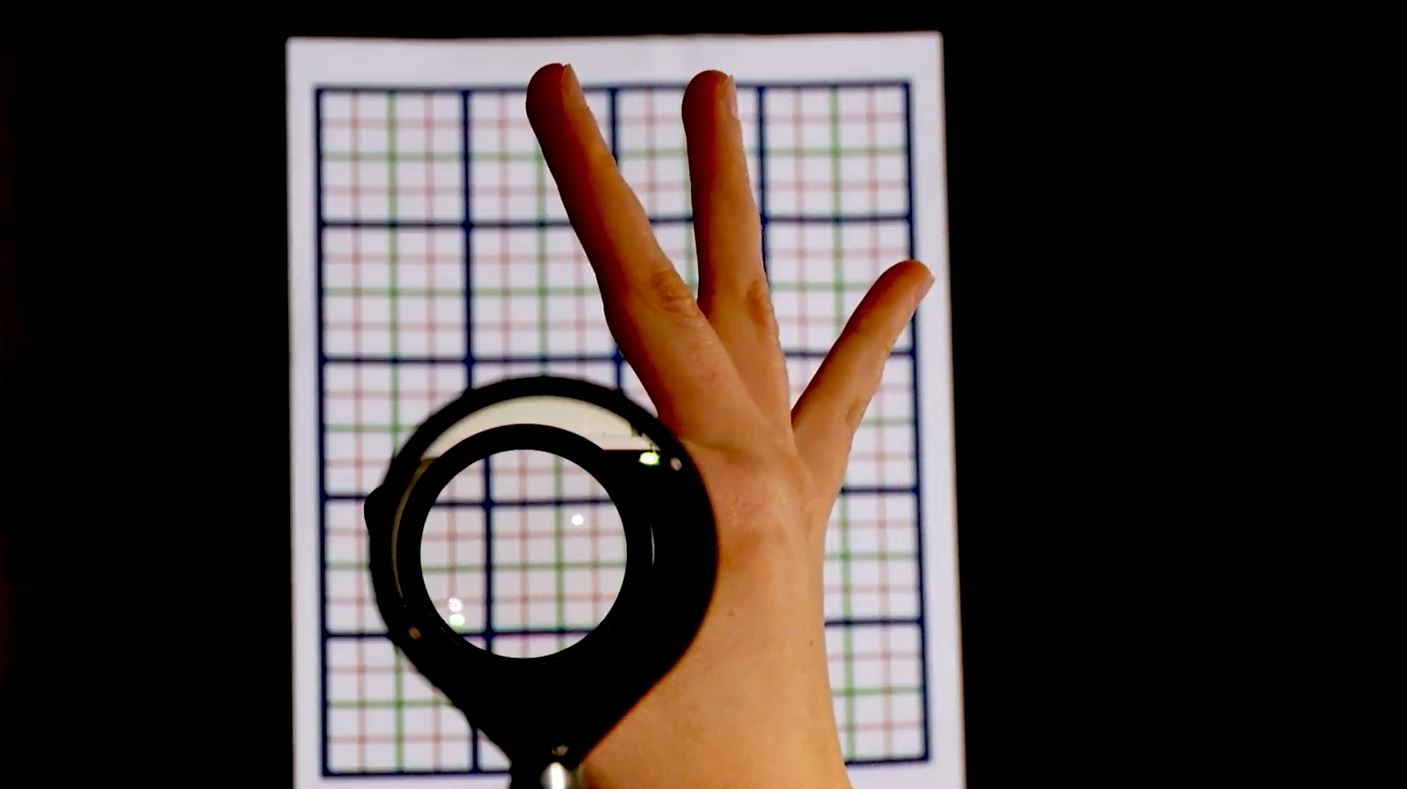
Harry Potter fans might soon see for real the iconic film series’ invisibility cloak that helped Hogwarts’ students get out of scrapes many times – courtesy of the University of the Philippines (UP) National Institute of Physics (NIP).
The UP Office of the Vice President for Academic Affairs (OVPAA) revealed on social media that a team of researchers from the NIP has improved on the Rochester Cloak Device of 2014 which used geometric optics to achieve the effect of invisibility cloaks.
The research is being seen as valuable not only in optics education but also in improving telecommunication technology, medical imaging or even machine vision.
The Filipino science team led by Dr. Nathaniel Hermosa has managed to erase the constraints of the University of Rochester cloaking device that required focal lengths of each pair of lenses to be the same. This limitation discourages the use of lenses that are readily available.
The UP NIP team’s version of the cloaking device is an improvement of the University of Rochester Cloak as it allows for the use of readily available lenses. The cloaking device is made up of four lenses of different focal lengths. Here, the object being cloaked is the horizontal bar placed between the first and the second lens. The rising sun in the logo of the National Institute of Physics was not blocked by the bar. The bar is 1.2 cm thick while the lenses are 5 cm in diameter
“Using analytical ray tracing method, they recalculated the separation distances of lenses with arbitrary focal lengths. The experiments demonstrated the possibility of producing cloaking regions even when lenses have varied focal lengths because they can freely change the focal lengths. They have also found a way to reduce the length of the cloaking system based on the focal lengths,” according to the QS Asia report.
QS Asia also noted the value of the UP version:
- With this discovery, students can learn analytical ray tracing in a way that is more exciting than the usual image formation calculations.
- Exhibits and in-class demonstration of optics phenomena can be made more stimulating using accessible materials.
- Its benefits are not limited to optics education; it has applications in many areas of optical science and engineering.
- The study of invisibility cloaks can improve existing technologies. For example, in physics, invisibility cloaks serve to guide light around an object.
- Knowing how to direct light through an obstacle without disturbing the light can help improve telecommunication technology, medical imaging or even machine vision.
The UP NIP paper on the cloaking device research has been provisionally accepted for publication in the European Journal of Physics.
Show your thumbs up and tell us in the comments below if you also think this Filipino invention from the UP NIP is amazing!
Like, Follow, Subscribe to GoodNewsPilipinas.com Facebook, Twitter, Instagram, Good News Pilipinas! TV on YouTube, new story notifications and e-mail newsletters for updates on more Filipino Pride stories.











